
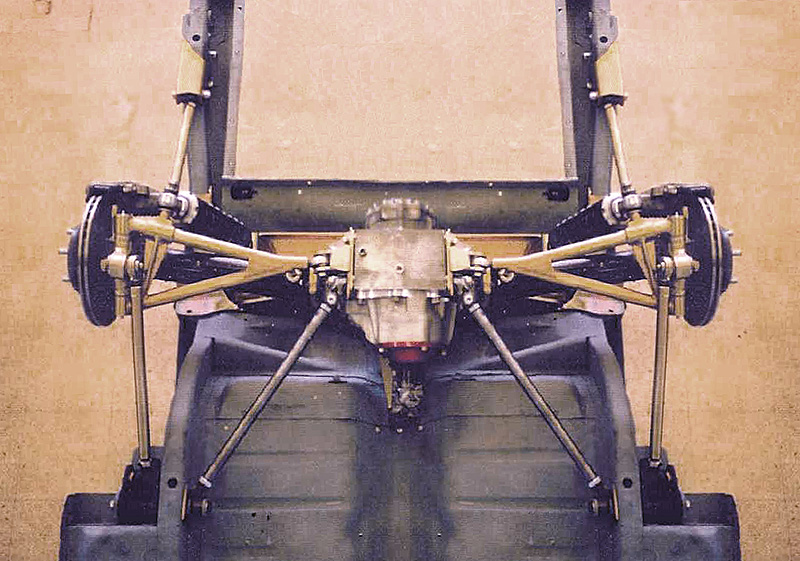
 |
 |
 |
 |
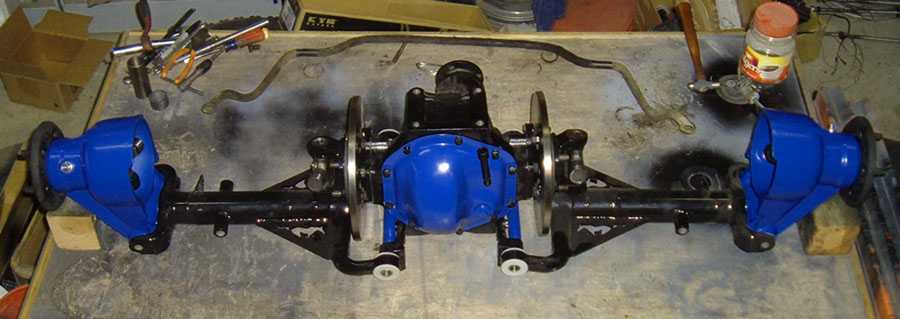 |
You are not logged in. Would you like to login?

![]() Offline
Offline

on April 17, 2010, 5:02 pm Daze wrote:
Jaguar IRS pinion angle debate (keep in mind I have already decided on what I am doing)
This is a repost from the Mustang forum I frequent to get the ball rolling here:
Ever go to do research on something and find your self, smack dab in the middle of a huge debate?? I recently did. I was trying to decide what I wanted to do about the pinion angle on my Jaguar IRS install. There is a 5-degree slope milled in to the top of the differential that could easily be used to set the pinion at a 5 degree up angle. (perfect since my T5 n my Mustang hangs down 5 degrees) The cage on a Jaguar IRS unit has the opposite 5 degree slope in the differential mounting section which cancels out the 5 degree slope on the differential and sets the differential up with the pinion flange perpendicular to the ground. I completely understand the importance of setting up the correct pinion angle but Jaguar had set the system up with 0 pinion angle when there transmission angle is around 3 degrees. This made me wonder what others had done, mount it with a matching pinion angle or mount it with the pinion flange perpendicular to the ground.
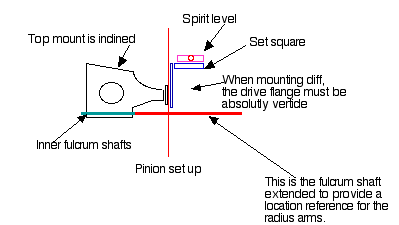
As I began to read up on the subject I found several long debate threads on several forums. the debate was as heated as the one we in the Mustang community see between modified and original. One thing I learned is that Jaguar rear ends have been set up both ways and in both situations seam to be working just fine. Argument for setting up a matching pinion angle on any rear end
the following info was posted by a 34 chip on the NSRA forum
first and foremost a universal joint is NOT a constant velocity joint.(this is where the concern lies). this means if its driving a shaft at any angle other than zero, although the half of the joint that is connected to the transmission is rotating at a constant velocity the other half of that same joint is NOT rotating at a constant velocity it is actually constantly accelerating and decelerating on each revolution as the joint is working itself around the angles .at one point it has further to travel because of the angle and so speeds up and at another point it has less distance to travel and so slows down(relative to the trans speed).this means the prop shaft is rotating in a 'jerky 'movement constantly slowing down and speeding up even though the trans is at constant speed .now down at the diff end this 'jerky ' rotation will be transferred to the diff u joint which will be transferred to the wheels so what we would have is the trans trying to drive the wheels at a smooth constant speed but the u joint is trying to slow down and speed up the wheels. this means they are in conflict together causing stress and vibration. the more the angle the worse this 'jerky movement becomes. now to get over this if the diff pinion is set parallel with the trans the half of the u joint at the diff end connected to the diff pinion is also rotating with this 'jerky' movement, slowing down and speeding up each revolution but its equal and opposite to the trans u joint so they cancel each other out and the result is the diff pinion and trans are rotating together at constant speed however the prop shaft is still slowing down and speeding up. twice per rev in fact .if the diff pinion is not set parallel with the trans then this canceling effect does not take place and so the diff will not be rotating at a constant speed in relation to the trans. it is for this reason front wheel drive cars use constant velocity (CV)joints on their driveshafts not u-joints because if you imagine a front wheel on full steering lock the angle of the wheel compared to the drive shaft would be so great this slowing down and speeding up of the wheel joint would be so severe while the drive shaft is trying to go at a constant speed it would shake the whole thing apart instantly. saying all this because the angles we're dealing with are relatively small compared to the front wheel drive scenario if the diff pinion isn’t parallel with the trans then maybe its not noticeable from a driving point of view but this jerky movement is still going on and can cause premature wearing of the joints but as many rods aren’t driven as much as a daily probably not noticeable.
This info is WHY we need to set up the correct pinion angle in any car, but when you point this out to half the individuals who have put an IRS in their car , truck, or hot rod you get one or all of the following replies, with the first one being the most common:
"It doesn't apply because the Jaguar differential is hard mounted where as a live axle differential moves up and down with suspension travel"
"Jaguar didn't do it that way"
"The lower control arms (wishbones) on a Jaguar IRS are perpendicular to the pinion flange so mounting the diff at 0 degrees pinion angle allows the suspension to move perpendicular to the road. If you set the pinion at an angle the wishbones will also be at an angle and move backwards as the suspension compresses."
In my opinion the first response is nothing more than something that "sounds good" to try and justify doing it, but really has no bearing on the issue. As the pinion on a live axle moves up and down the angle (in theory) is not changing and the pinion is remaining parallel to the transmission, further more if the road is smooth and the live axle springs are stiff enough the amount of differential movement will be minimal, but you still want the correct pinion angle to prolong u-joint life.
The second response, I believe, is the main reason this debate has two divided camps. “Jaguar did it that way so it must be right." To a point I tend to agree with this sort of thinking. Having no formal training in engineering I must trust the designs of those that do, however this argument is in my opinion only completely valid IF AND ONLY IF you set the system up completely as Jaguar designed it, with a cage, with Jaguar cage mounts that have a specific amount of flex designed in to them, with Jaguar trailing arms, and with the transmission angle at 3 degrees down. The more of these thins you change, the argument “that’s the way Jaguar did it" becomes less and less valid as you are not setting it up the Jaguar did. Coupled in with this, as hot rodders copied the way Jaguar did it, and then helped others do the same thing they said “this is how I did it and it works just fine"
The third argument seams to me to have the most validity, and I speculate is the reason that Jaguar did things the way they did. If the pinion is perpendicular to the ground the wheels will stay centered in the wheel well, and all forces will be applied vertically. All that said I do not see , with only being 5 degrees off of perpendicular, that there would be that big of an issue. I did a little math and with a 5-degree angle on the wishbones 3" of suspension travel would only result in .262" of backward movement at the wheel. A leaf spring set up moves the wheel backwards at least that much as the spring compresses so I fail to see the issue.
As I said in the title I already know what I am going to do. As you probably guess from what I have written I am going to set the correct pinion angle to match my transmission, but I am curious what others of you think of all this.
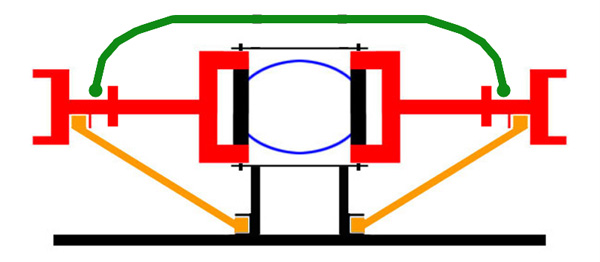
![]() Offline
Offline

on April 18, 2010, 1:25 pm farna wrote:
I have a Jag IRS in my 63 Rambler Classic wagon. All u-joint theory I've read states that the angle at the trans and diff ends must be the same. If the trans is 5° down then the diff can either be 5° up OR 5° down. If both angles are the same they cancel each other out at the ends -- the drive shaft is still speeding/slowing, but the pinion is steady like the output on the trans.
The rear joint can be placed so that the pinions and drive shafts are in-line -- no angle. This works if you have a low angle at the trans. I had to set mine this way to get all the vibration out. I tried same angles and just couldn't get it to a satisfactory level of vibration. My diff is mounted with threaded studs through a plate with a nut on each side of the plate and the diff about an inch below -- easy to change the angle.
Ideally I think a shaft bolting solid to the pinion flange (no joint at all) with a CV joint at the trans would be best. Barring that use a CV at front and a standard joint set straight in the back. That's similar to what Jag did. Mine came from an 86 XJ6 with a two piece driveshaft, had a u-joint in the center. One type of CV joint is a double u-joint (double Cardan joint), with two standard u-joints back to back. One cancels the jerkiness of the other.
Rambler used a torque tube for their big cars, 56-66. Sixes had a single u-joint in the front and a slip joint on the driveshaft that simply slid over the pinion shaft, making that a straight joint. V-8s had a double Cardan CV joint at front, slip joint at the back.

![]() Offline
Offline

on April 18, 2010, 10:35 pm Daze wrote:
If you changed the angle on the diff...
how did you change the angle on the upper shock mounts?? I think you hit the nail on the head, a CV joint would probably be the best solution. another option would be to get angled side brackets. CWI has the brackets that connect the differential to the wish bone listed in their catalog at 3 degrees and 6 degrees so if you could get the trans to either 3 or 6 than you could mount the differential to match and still have the wishbones moving vertically.

![]() Offline
Offline

on April 19, 2010, 3:54 am farna wrote:
I didn't change the angle at the shocks. The front one has a little more pressure on it than the back, not enough to make a difference. The small angle on the wishbone really doesn't make a difference either. I left about a 1/2" of adjustment on the radius rods. When I changed the angle on the diff I had to move the radius rod adjustment by a little under 1/4"... maybe 3/16".

![]() Offline
Offline

on April 19, 2010, 7:45 am DC wrote:
My mounting is adjustable for angle.
I have one cross membe that is rigidly attached to the center section and has a urethane mount on each end that attaches to brackets welded to the rear frame rails. I also hve a bracket with an adjustable (Rod ends) forward link that makes up a torue arm going forward to another cross member that crosses under the drive shaft. I can adjust the angle by adjusting the rod ends on the one forward link. The whole axle assembly rotates around the two urethane mounts at the rear frame rails. The little bit of angle that gives me in wheel movement is unnoticable. The whell only moves a small amount anyway. Next time I have it on the lift I will take some pics.

![]() Offline
Offline

on April 19, 2010, 6:24 pm farna wrote:
Can't wait to see those pics DC! Sounds like an interesting mounting system. You have the 58-86 type rear axle, or the 87+ type? The newer one mounts totally different than the old.

![]() Offline
Offline

on April 20, 2010, 12:59 pm DC wrote:
Mine is 76 vintage.

![]() Offline
Offline
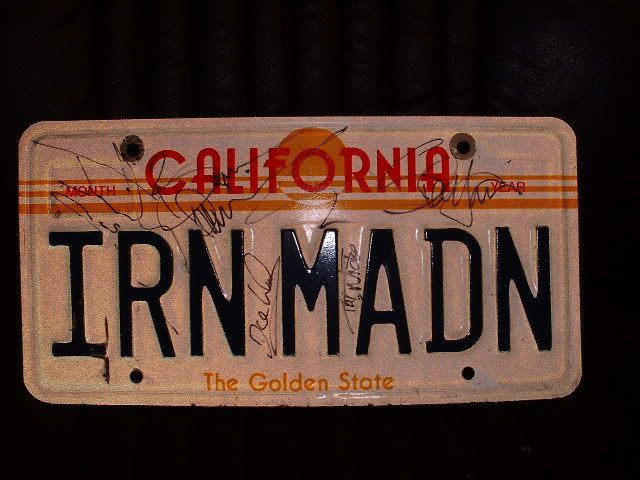
Why do the threads on this forum contain no pictures??? This would be a great thread if some of the posts also had pics to go with them. The description of the crossmember having urethane mounts on each end is an example of where a picture would be outstanding.
Either way, thanks for bringing this thread back, it's the debate that led me to this site.
![]() Offline
Offline
I would expect the other important question would come down to the brackets which mount the lower control arms to the main diff. My thought comes down to, these should hold the LCA's parallel to the ground. Otherwise, I would expect uneven wear at the mounting point.
I've seen the bracket sold to match a 0, 3, or 6 degree pinion angle to keep the LCA's parallel to the ground.
![]() Offline
Offline

303Radar wrote:
I've seen the bracket sold to match a 0, 3, or 6 degree pinion angle to keep the LCA's parallel to the ground.
Do you know where you saw them??? CWI was a supplier for them but they are no longer in business. is there another source??

![]() Offline
Offline

Daze wrote:
303Radar wrote:
I've seen the bracket sold to match a 0, 3, or 6 degree pinion angle to keep the LCA's parallel to the ground.
Do you know where you saw them??? CWI was a supplier for them but they are no longer in business. is there another source??
Exactly. Where???
![]() Offline
Offline
CWI was the main supplier. Here in Denver, there is a company called Kats British Car Service, Englewood - Repair and Restoration, 303 761 2700
There is a link on this page with other vendors and other info:
These are companies which come up on a Yahoo search that might be able to help:
Hope these help.
![]() Offline
Offline
Daze wrote:
303Radar wrote:
I've seen the bracket sold to match a 0, 3, or 6 degree pinion angle to keep the LCA's parallel to the ground.
Do you know where you saw them??? CWI was a supplier for them but they are no longer in business. is there another source??
CWI also supplied the urethane pivot bearing replacements for the lower control arms. Anyone else provide them?
![]() Offline
Offline

I sell them for the hubs
